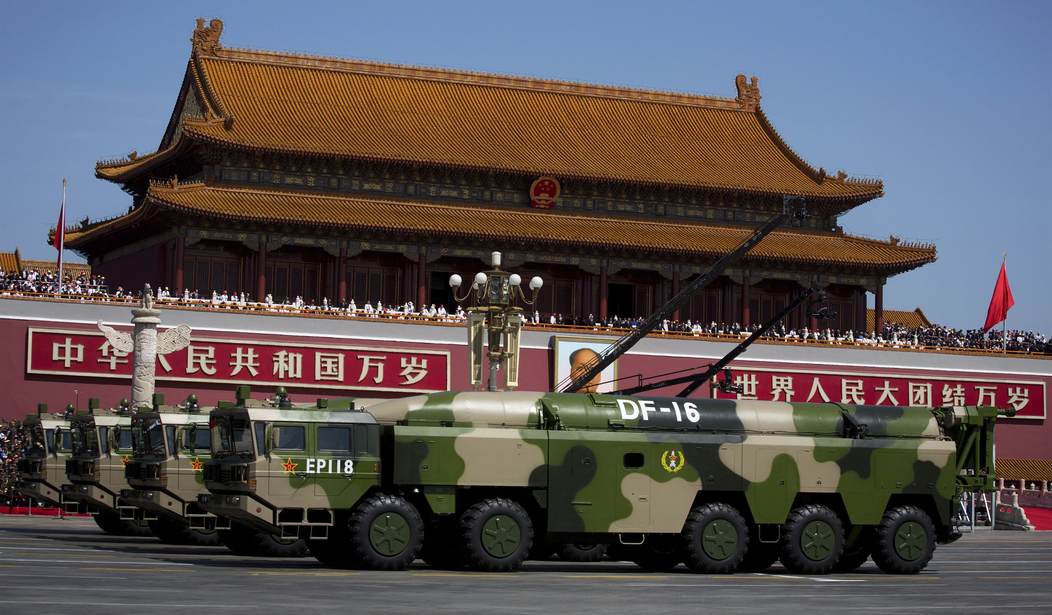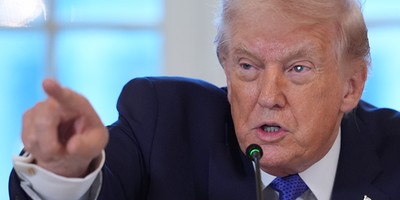Even if you know nothing about the Tiananmen Square Massacre, you’ve almost surely seen the famous photo of a man facing down a line of tanks, defiantly blocking their path.
Doing so took even more courage than you may imagine. When that brave man, who has never been identified, made his stand 30 years ago this month, the Communist government in Beijing had already slaughtered hundreds of his countrymen.
It began almost two months earlier when former Communist Party General Secretary Hu Yaobang died of a heart attack. He had supported reforms that helped bring economic opportunity and some political reforms to China, but hardline party members forced him out.
Tens of thousands of students, workers and civilians filled the streets of Beijing in the wake of Yaobang’s death. On May 13, they began a hunger strike.
“After the hunger strike, the student movement transformed into a country of political protest with a lot of other groups like workers and especially intellectuals,” student leader Wang Dan said 20 years later. “That made our government very scared.” It all came to a head in those early June days, when soldiers and tanks put down the rebellion.
Did the Chinese government learn its lesson? Yes. Too bad it was the wrong lesson.
What they learned is that dissent must be snuffed out long before it flowers into a protest movement.
Two things enable them to do that. One is a technique as old as communism itself: Erase the past. “Memory hole” everything.
How successful have they been? Consider the fact that, all these years later, a Chinese newspaper accidentally ran a photo from the massacre, not realizing what it was.
Recommended
“Think about how many people a newspaper page goes through,” journalist Louisa Lim recently said. “You've got the photo editor, the page editor, even the censor. Nobody recognized what this was. So they didn't realize they should censor it.”
So there will be no ceremonies in mainland China to mark the dark days of June 1989 when Beijing brutally crushed the rebellion. No one will lament the loss of life – not unless he wants to put his own in danger. The names of the dead won’t be spoken, at least not publicly.
And to a large extent, not even privately. That’s because of the second thing Chinese leaders are using to prevent new protests: technology.
A recent Agence France-Presse article detailed just how thoroughly monitored the Chinese people are in 2019. Cameras are everywhere. Police booths have sprouted block by block nationwide. Websites that aren’t government-approved are blocked. Officials use artificial intelligences and facial recognition to keep tabs on suspected troublemakers.
"Enhanced surveillance technology makes it much more difficult to see any mass demonstrations like the Tiananmen protests in 1989 to happen nowadays," Patrick Poon, China researcher at Amnesty International, told AFP.
But Chinese officials aren’t simply watching everyone like a hawk. They’re engaging in some of the worst human-rights abuses in the world.
Things are especially bad in the Xinjiang province in western China — home to the Uighurs, one of the country’s largest Muslim populations. They’ve long suffered persecution at the hands of the Chinese communists, but according to religious-persecution expert Olivia Enos, the reports of mass detention and other abuses are escalating.
About one million residents (and perhaps as high as three million, according to U.S. Assistant Secretary of Defense Randy Shriver) have been forced into “re-education” camps by Chinese officials. “Previously detained persons describe enduring torture, overcrowded prison-like conditions, and being subjected to indoctrination sessions on how to practice Islam,” Enos reports.
Three decades after the Tiananmen Square Massacre, it’s obvious that conditions have gotten much tougher for the people of China. It’s easy to see why some consider a recurrence of the 1989 protests “impossible,” to quote Li Datong, a former editor at Beijing Youth Daily.
But I wouldn’t count the Chinese people out. The thirst for freedom is a powerful force. Fear can’t last forever.
People can get so fed up, they’ll even face down a line of tanks. Then the rulers are really in trouble.

























Join the conversation as a VIP Member